 NASA’s Commercial Crew Program placed an order for the second operational mission to carry astronauts to the International Space Station aboard Boeing’s CST-100 Starliner spacecraft. The order means that seven vehicles are now in different levels of planning for Commercial Crew flight tests and operational missions by Boeing and by SpaceX, which also is developing the Crew Dragon spacecraft for human-rated missions to the space station. The seven missions in process are:
NASA’s Commercial Crew Program placed an order for the second operational mission to carry astronauts to the International Space Station aboard Boeing’s CST-100 Starliner spacecraft. The order means that seven vehicles are now in different levels of planning for Commercial Crew flight tests and operational missions by Boeing and by SpaceX, which also is developing the Crew Dragon spacecraft for human-rated missions to the space station. The seven missions in process are:
2 uncrewed flight tests, one for each company,
2 crewed flight tests, one each,
3 operational missions ordered to date.
The order was placed now because of the long lead time to build a spacecraft, test it and process it for launch.
“Once certified by NASA, the Boeing CST-100 Starliner and SpaceX Crew Dragon each will be capable of at least two crew launches to the station per year,” said Kathy Lueders, manager of NASA’s Commercial Crew Program. “Placing orders for those missions now really sets us up for a sustainable future aboard the International Space Station.”
This is the third in a series of four guaranteed orders NASA will make under the Commercial Crew Transportation Capability contracts known as CCtCap. Boeing and SpaceX received their first orders in May and November, respectively, and have started planning for, building and procuring the necessary hardware and assets to carry out their first missions for the agency. NASA will identify at a later time which company will fly a mission to the station first. There are many more details to this story and you can read them at http://go.nasa.gov/1IZhxSH

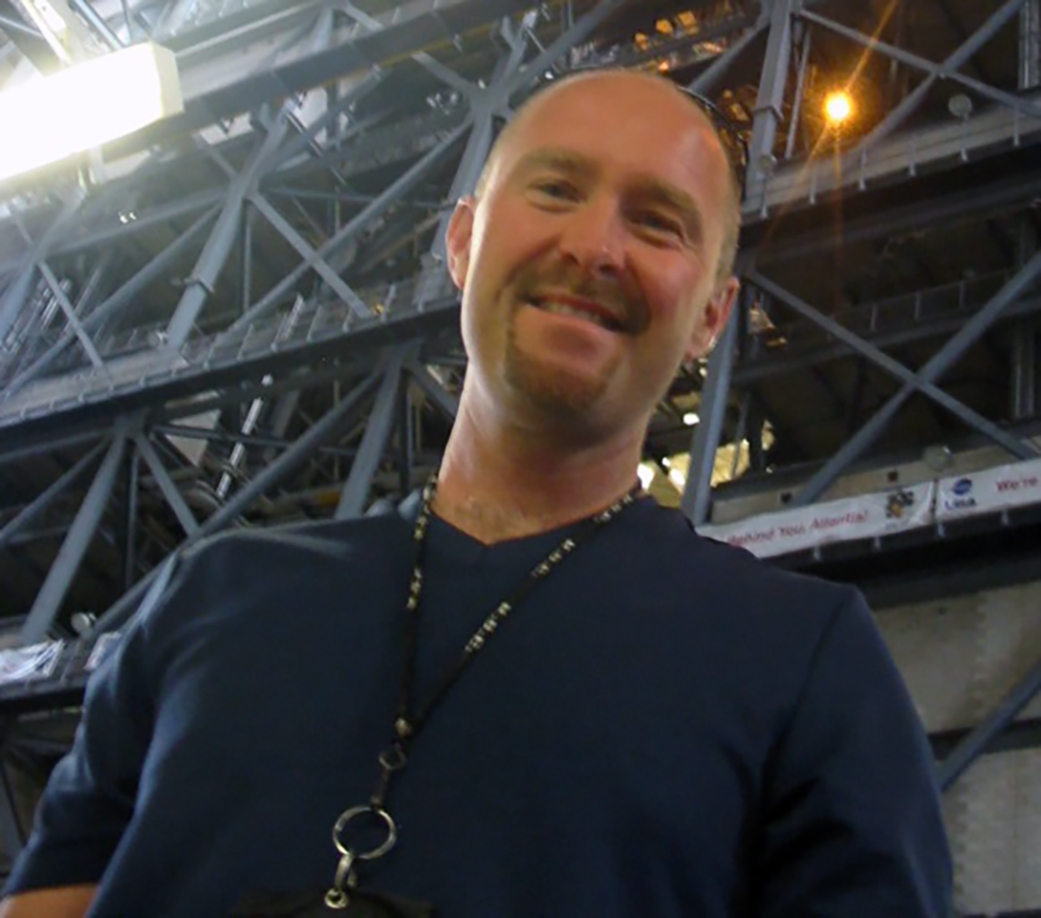





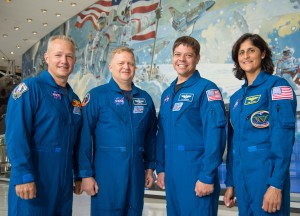 NASA’s Commercial Crew Program and its aerospace industry partners Boeing and SpaceX are on the eve of America’s return to human spaceflight launches. By the time the year closes, Boeing’s CST-100 Starliner and SpaceX’s Crew Dragon will be poised for the flight tests that allow our astronauts to travel to the International Space Station lifting off from Florida’s Space Coast.
NASA’s Commercial Crew Program and its aerospace industry partners Boeing and SpaceX are on the eve of America’s return to human spaceflight launches. By the time the year closes, Boeing’s CST-100 Starliner and SpaceX’s Crew Dragon will be poised for the flight tests that allow our astronauts to travel to the International Space Station lifting off from Florida’s Space Coast.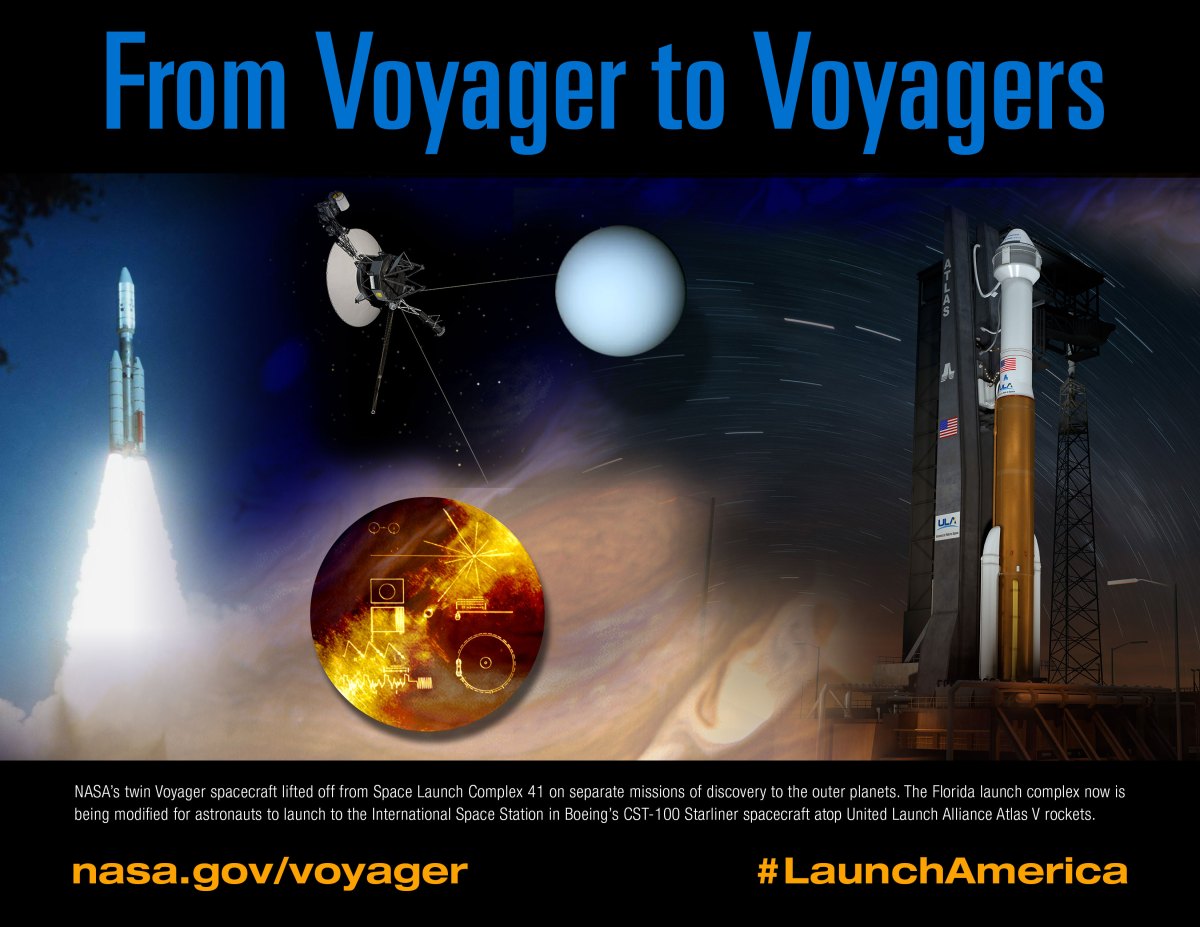

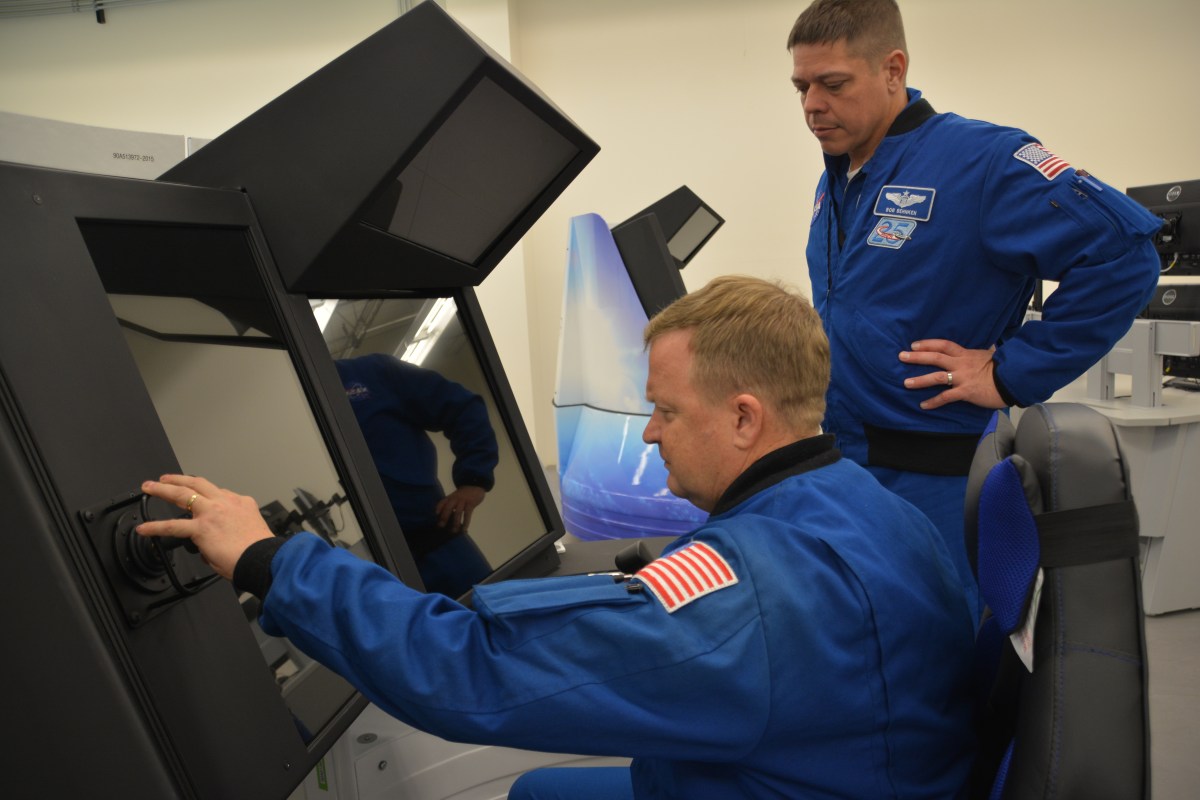

 Commercial Crew astronauts Bob Behken and Eric Boe sat at the simulated controls of Boeing’s CST-100 Starliner recently as they evaluated sophisticated systems designed to train astronauts and mission controllers prior missions to the International Space Station. Behknen and Boe are two of four NASA astronauts, including Doug Hurley and Suni Williams selected to work closely with Boeing and SpaceX as the companies finalize their systems. Crews have not been assigned to specific missions or spacecraft, so the team is cross-training and aiding in development of both.
Commercial Crew astronauts Bob Behken and Eric Boe sat at the simulated controls of Boeing’s CST-100 Starliner recently as they evaluated sophisticated systems designed to train astronauts and mission controllers prior missions to the International Space Station. Behknen and Boe are two of four NASA astronauts, including Doug Hurley and Suni Williams selected to work closely with Boeing and SpaceX as the companies finalize their systems. Crews have not been assigned to specific missions or spacecraft, so the team is cross-training and aiding in development of both.
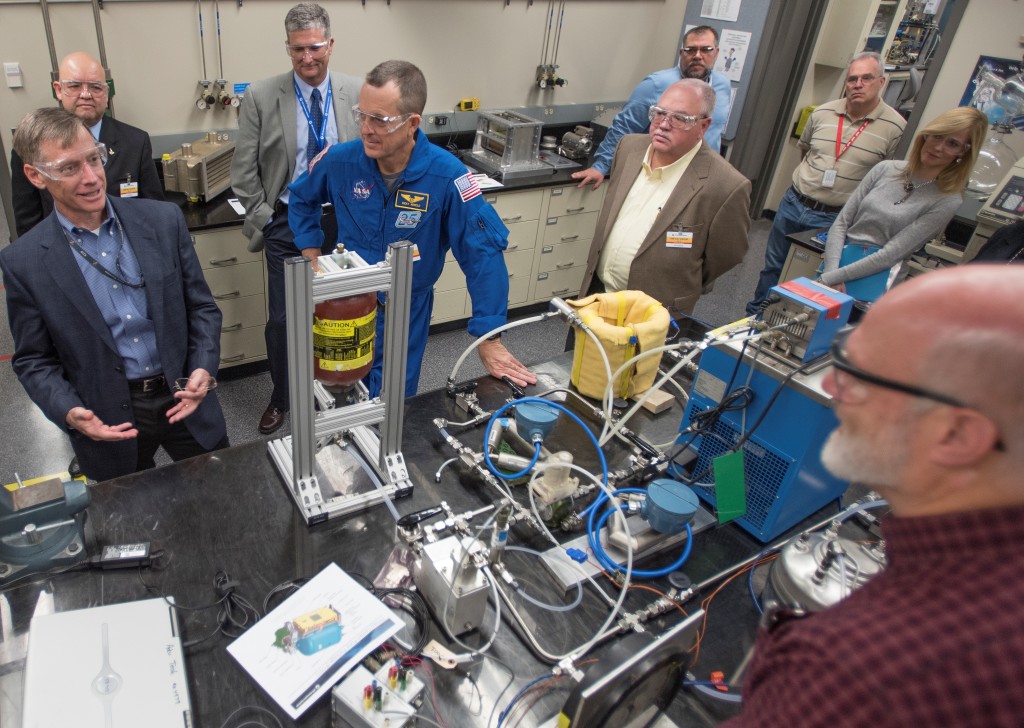

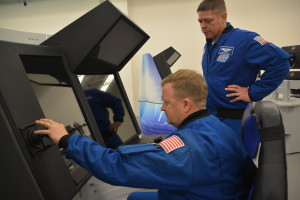
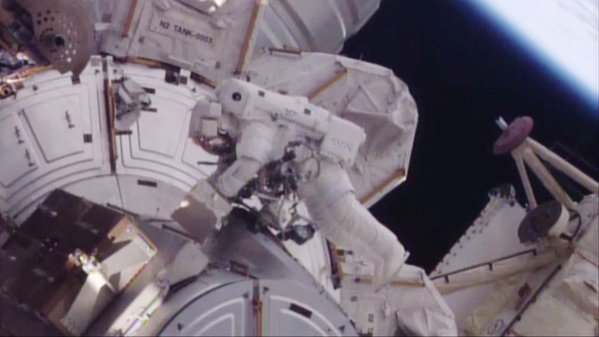
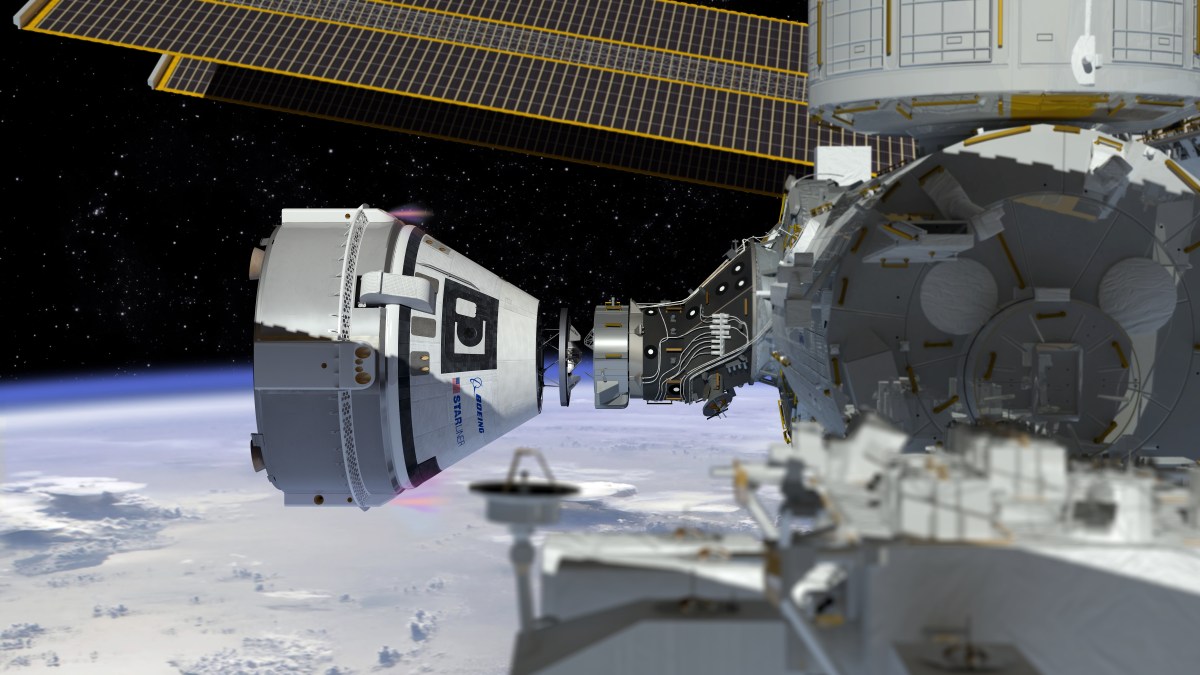
 NASA’s Commercial Crew Program placed an order for the second operational mission to carry astronauts to the International Space Station aboard Boeing’s CST-100 Starliner spacecraft. The order means that seven vehicles are now in different levels of planning for Commercial Crew flight tests and operational missions by Boeing and by SpaceX, which also is developing the Crew Dragon spacecraft for human-rated missions to the space station. The seven missions in process are:
NASA’s Commercial Crew Program placed an order for the second operational mission to carry astronauts to the International Space Station aboard Boeing’s CST-100 Starliner spacecraft. The order means that seven vehicles are now in different levels of planning for Commercial Crew flight tests and operational missions by Boeing and by SpaceX, which also is developing the Crew Dragon spacecraft for human-rated missions to the space station. The seven missions in process are: